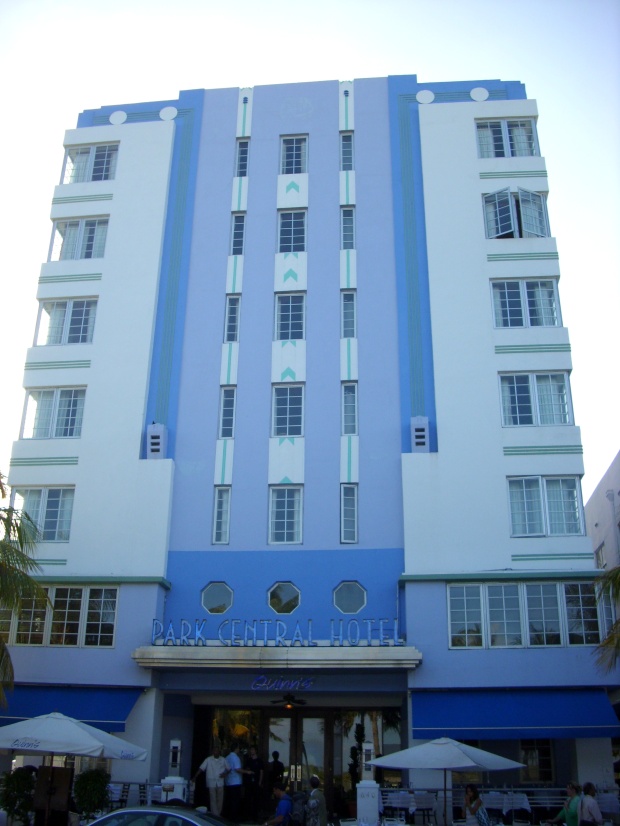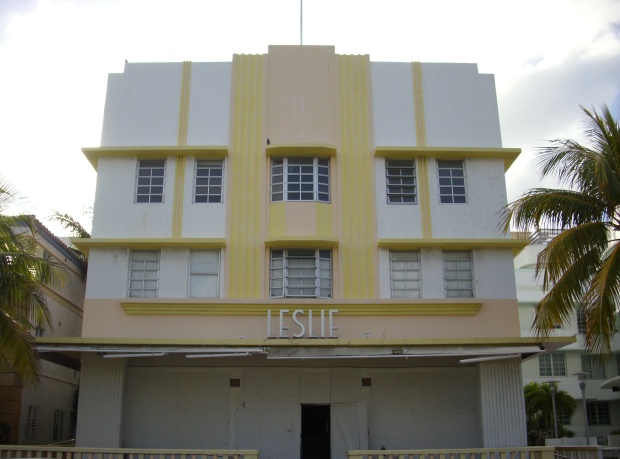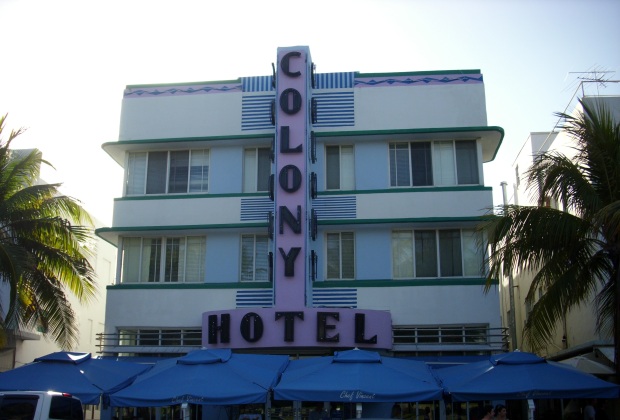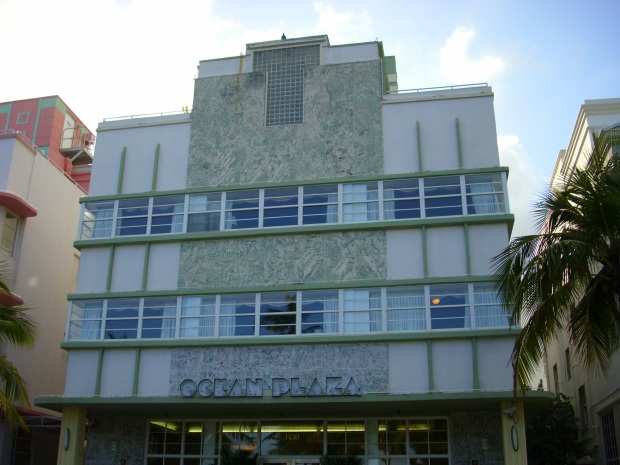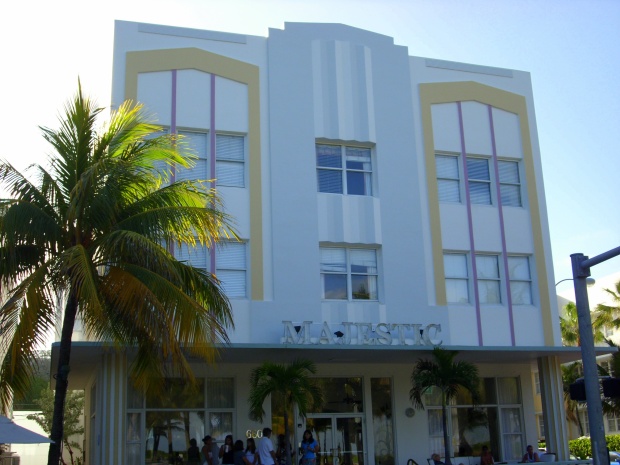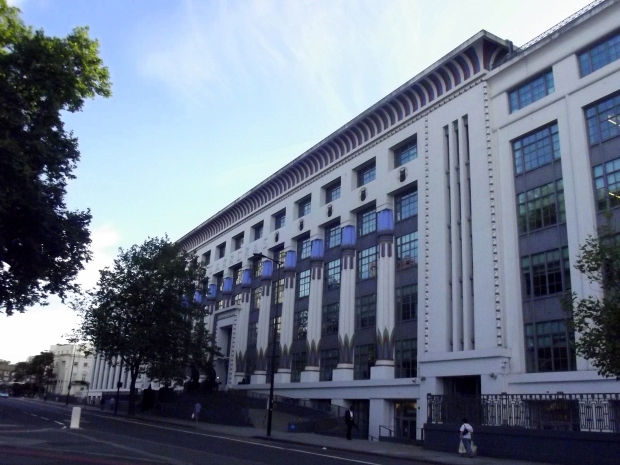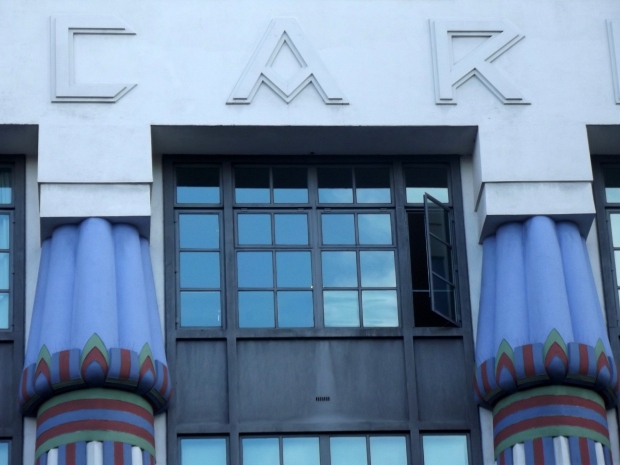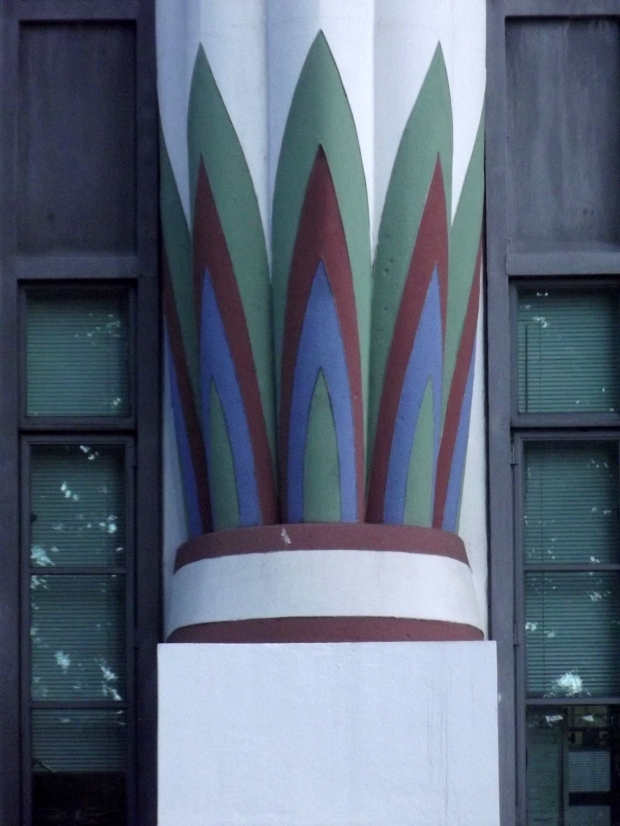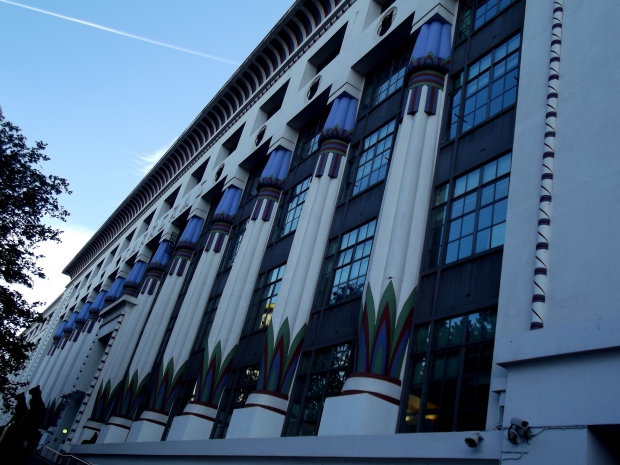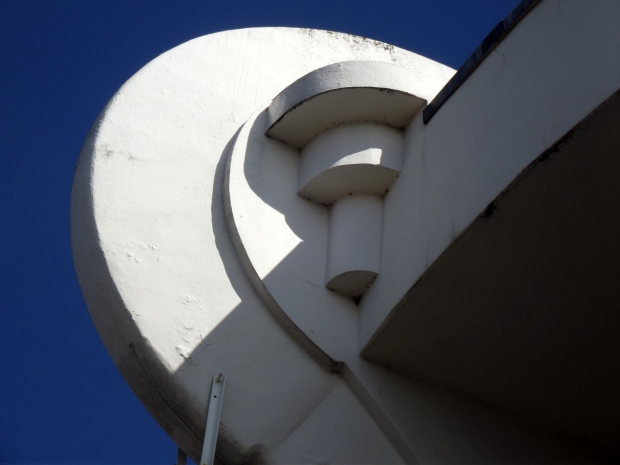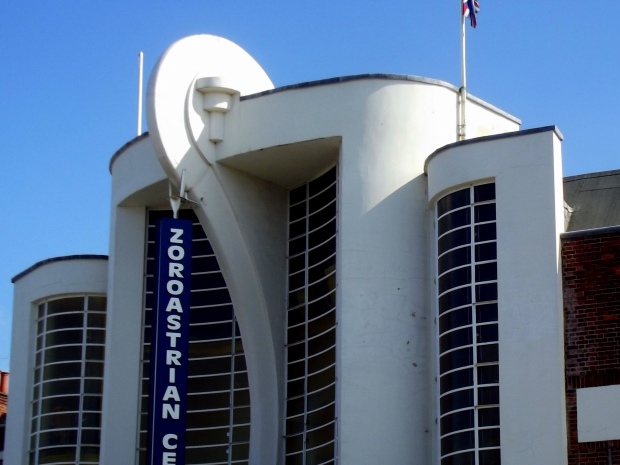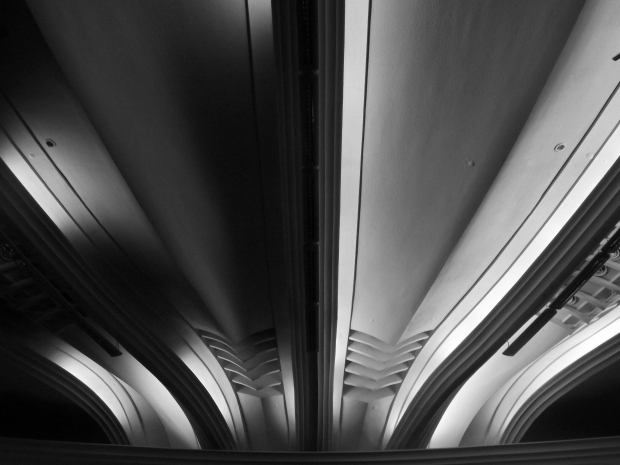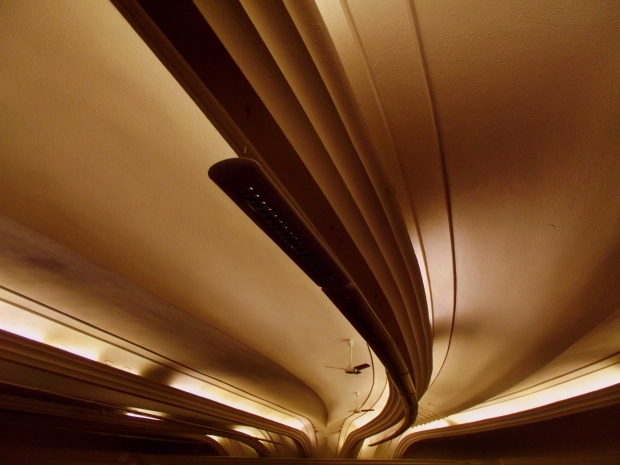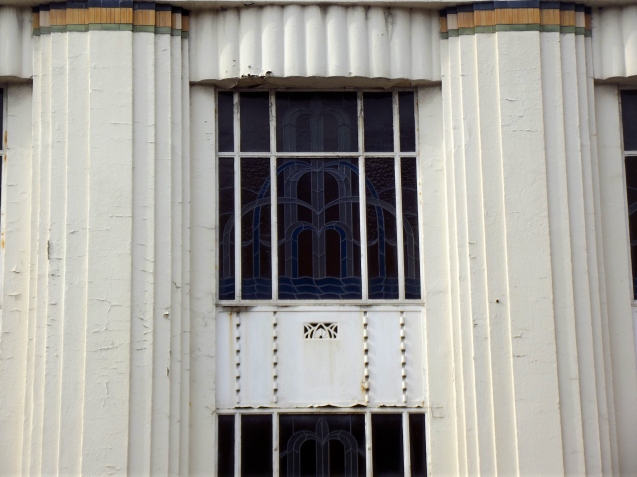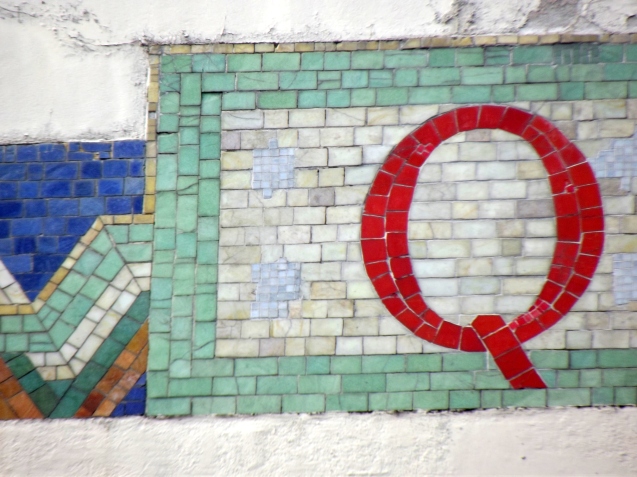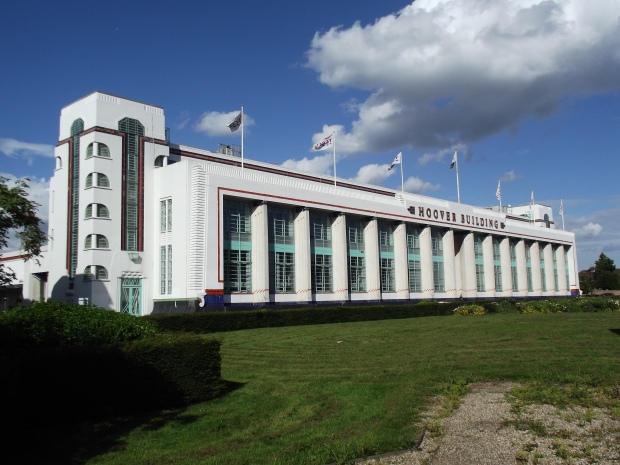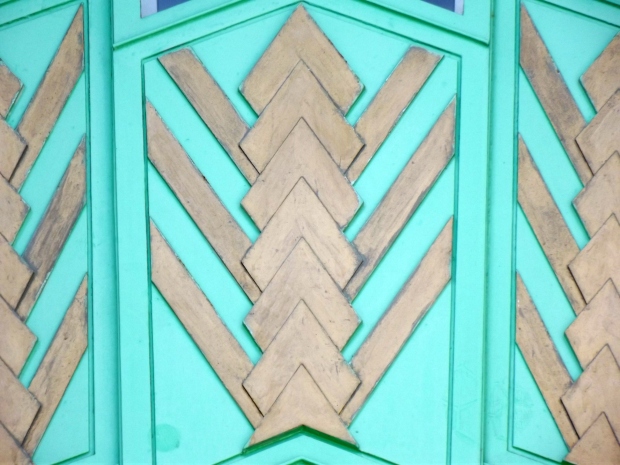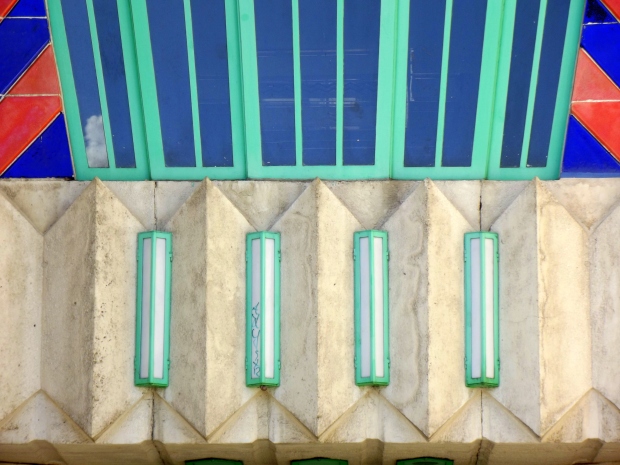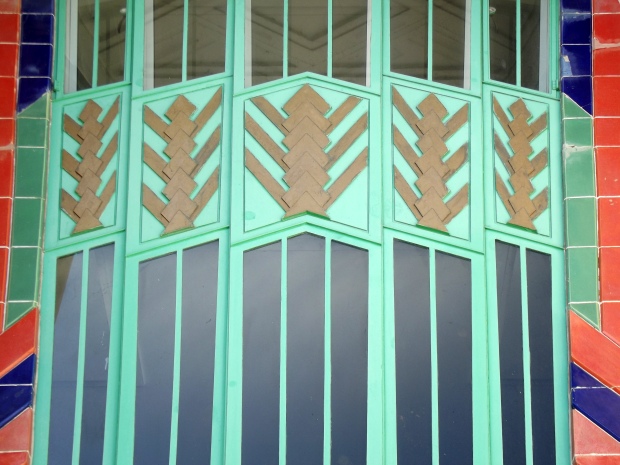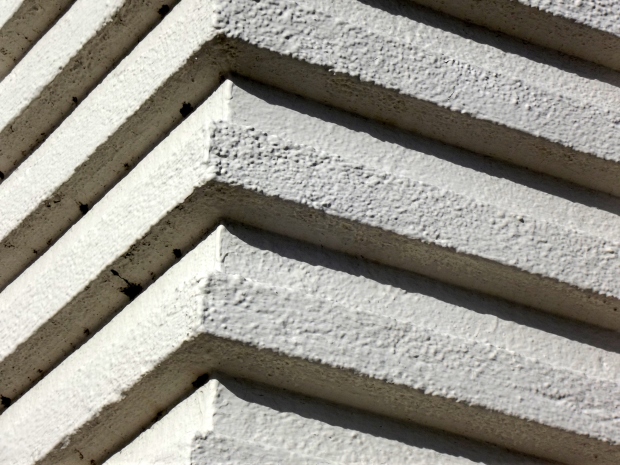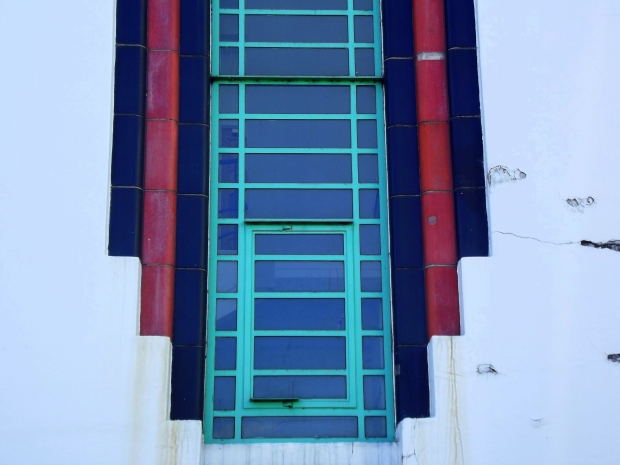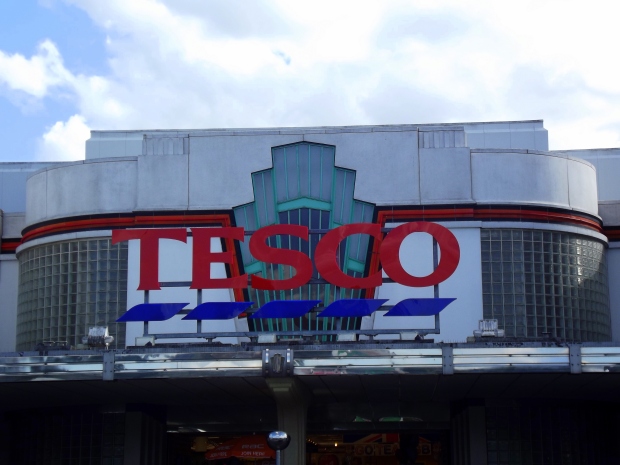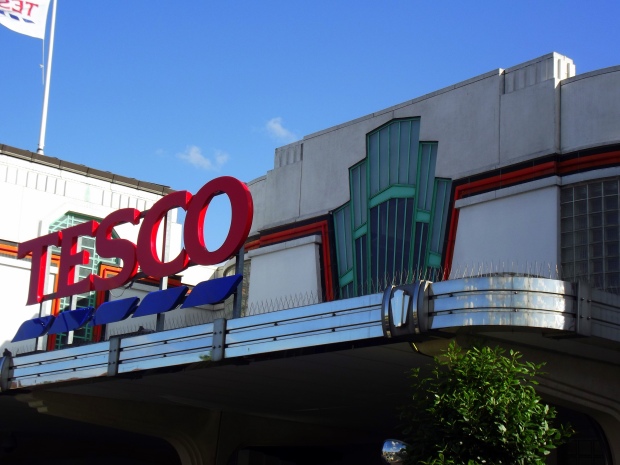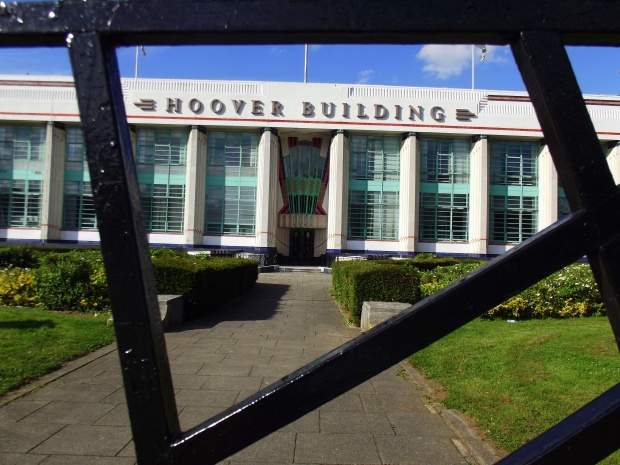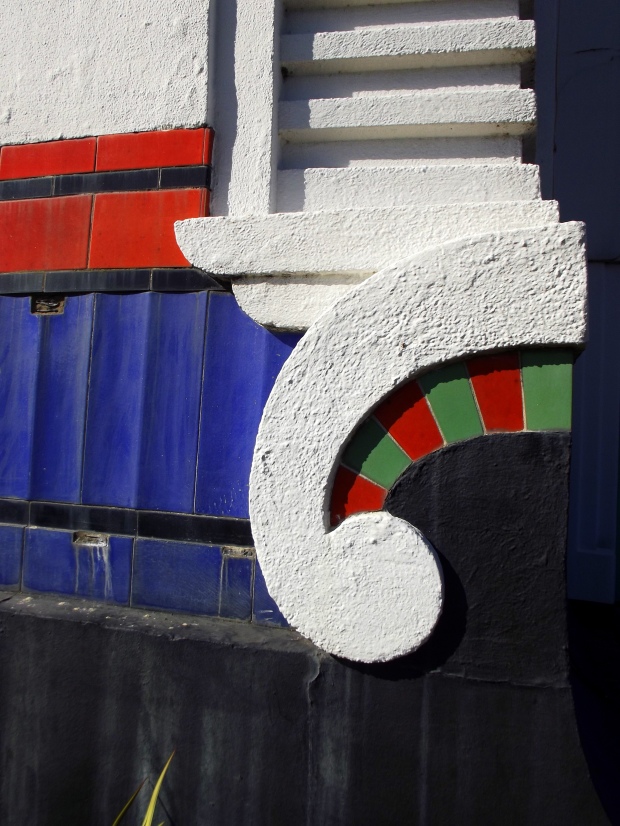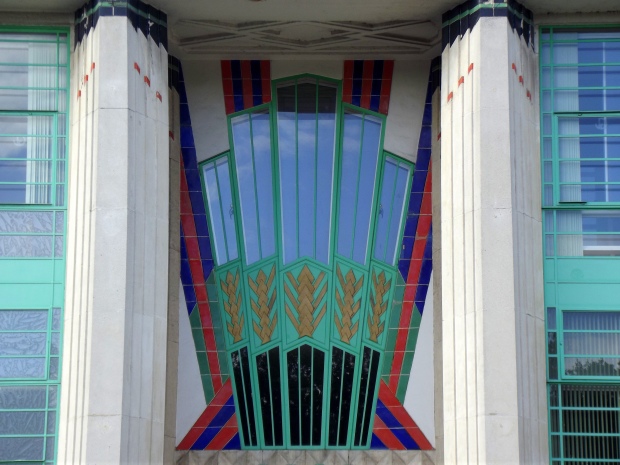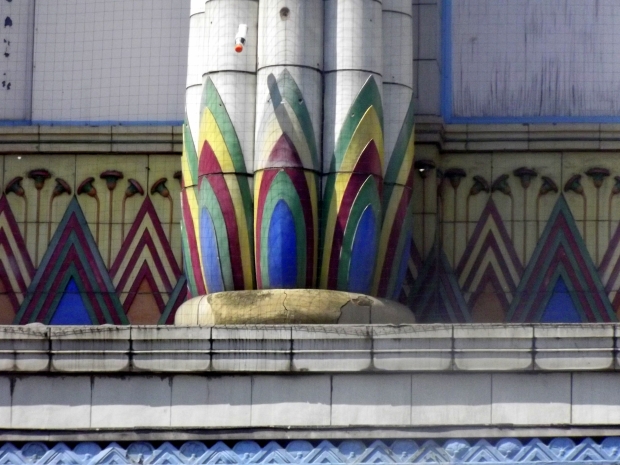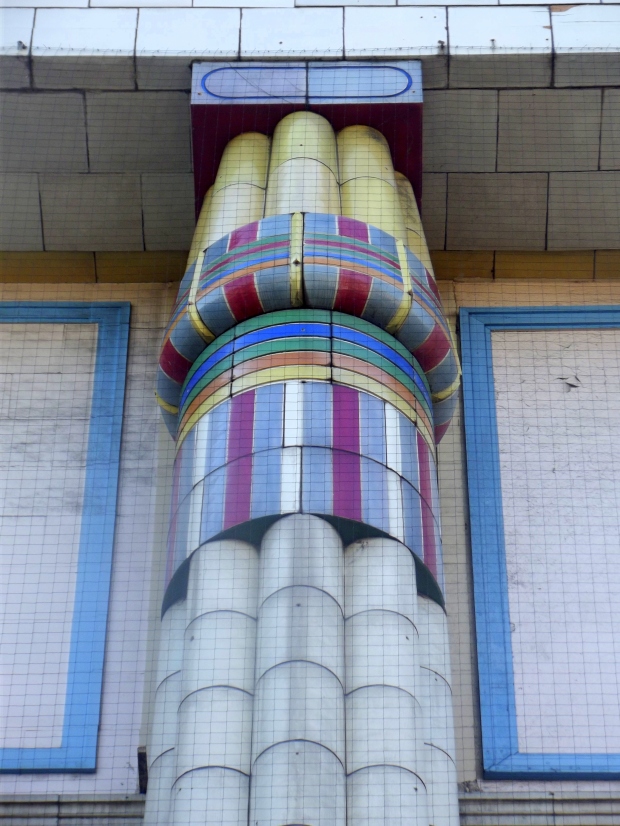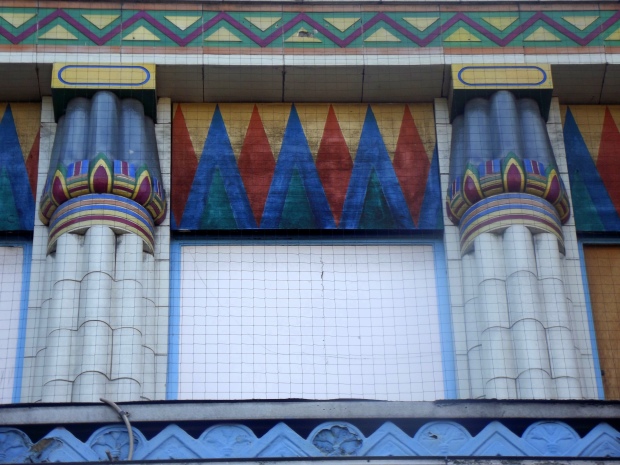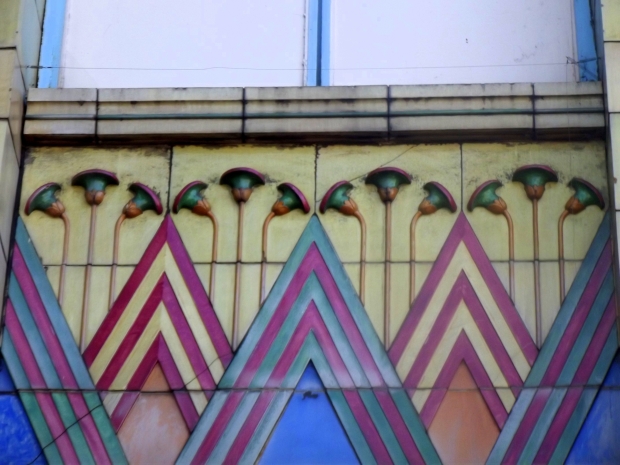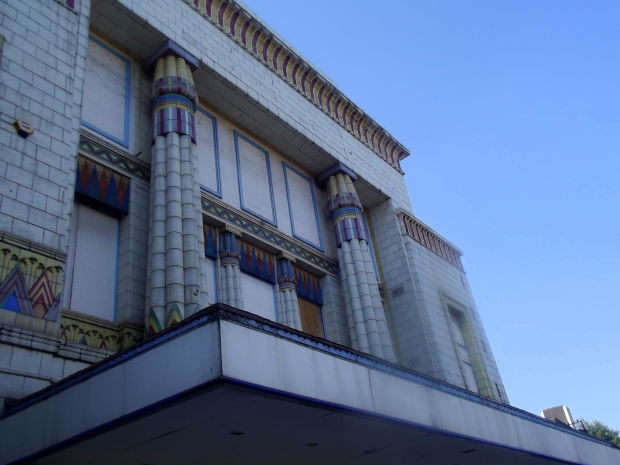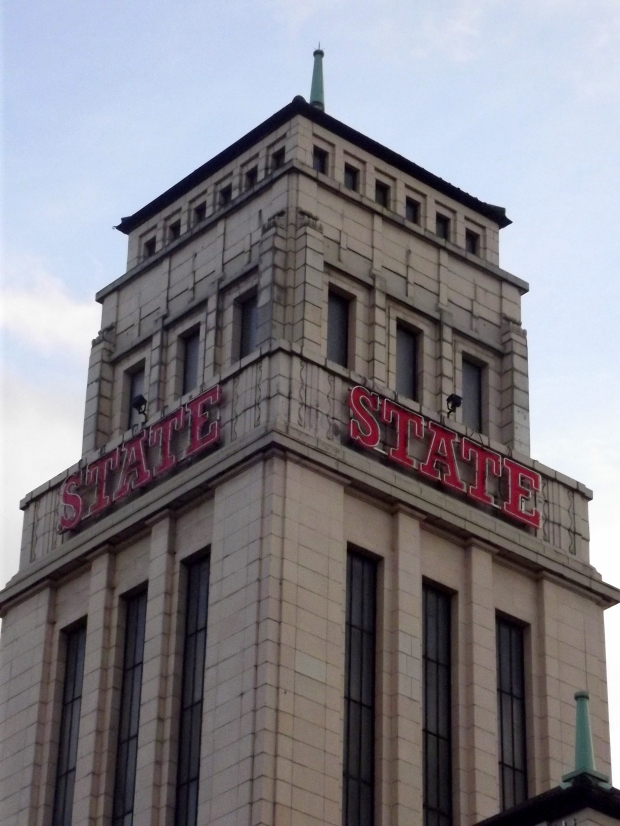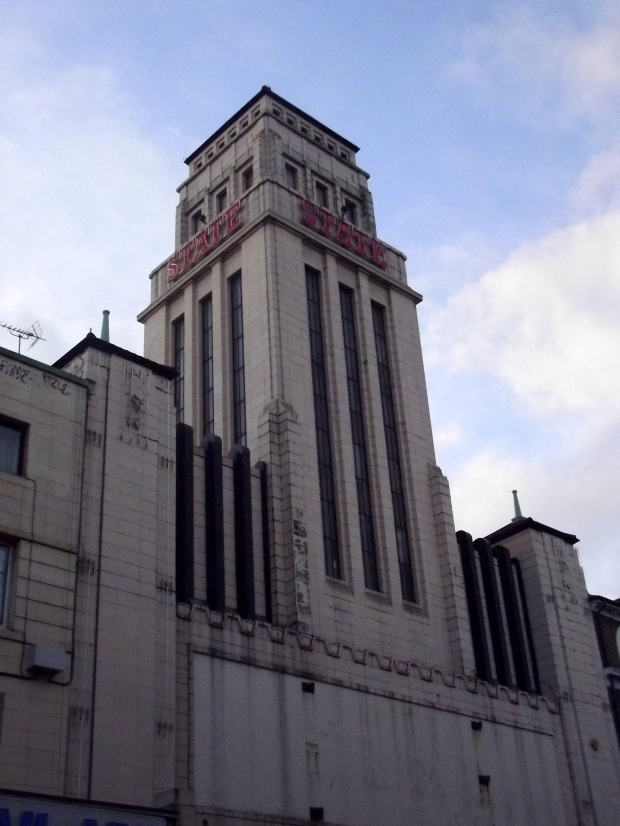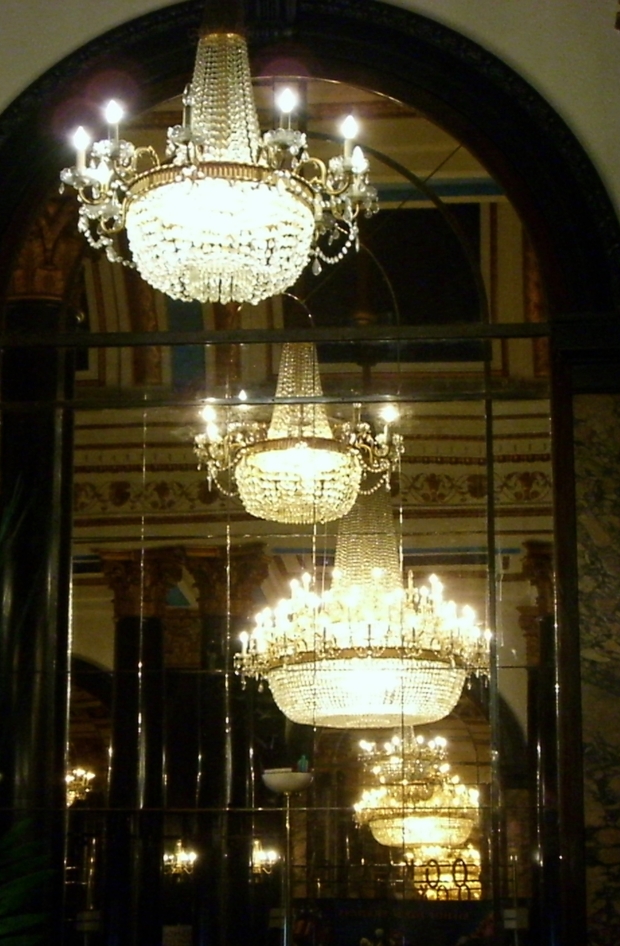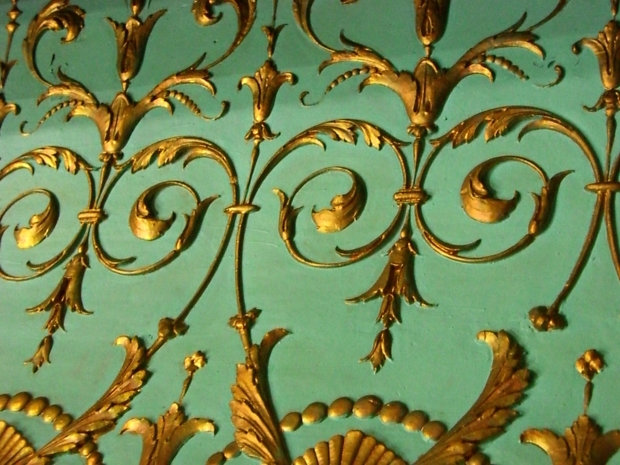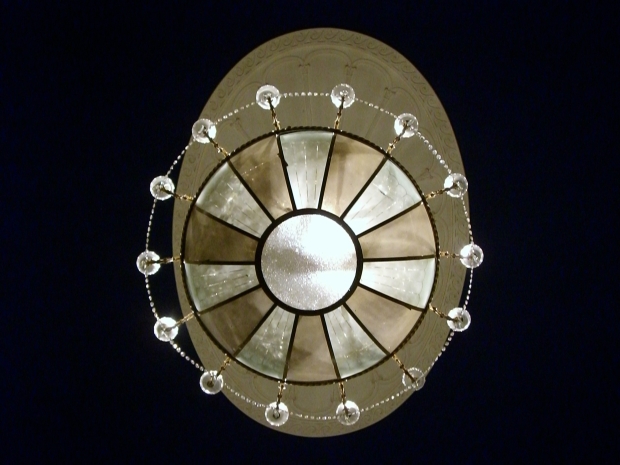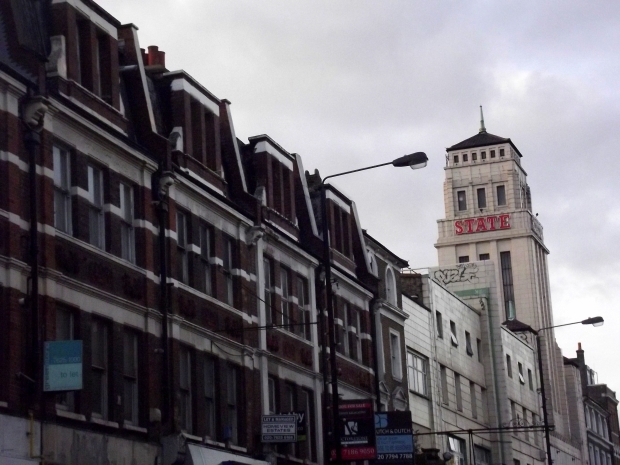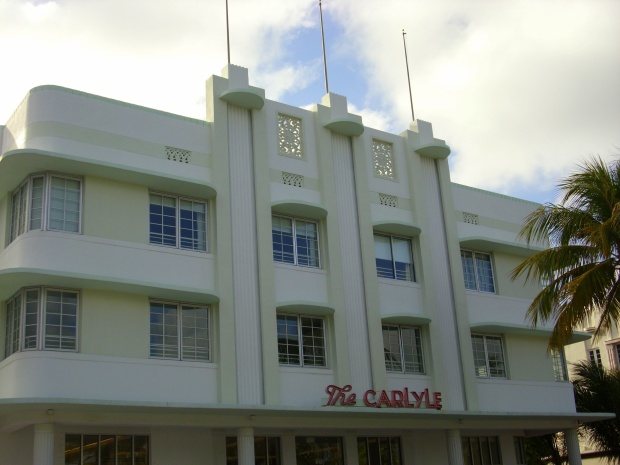 After booking on Yannick Pucci’s London Art Deco Tour I dug out some of my old photographs from the Art Deco hotels in Miami. Being fair of skin, I got horrifically sunburnt on that trip, we’re talking real blisters the size of eggs all the way up one arm, and consequently didn’t do much. I did manage to straggle around the local hotels however, many of which had been crafted in the Art Deco style. My photography skills were still in their infancy but I still think the beauty of the buildings is evident.
]]>
After booking on Yannick Pucci’s London Art Deco Tour I dug out some of my old photographs from the Art Deco hotels in Miami. Being fair of skin, I got horrifically sunburnt on that trip, we’re talking real blisters the size of eggs all the way up one arm, and consequently didn’t do much. I did manage to straggle around the local hotels however, many of which had been crafted in the Art Deco style. My photography skills were still in their infancy but I still think the beauty of the buildings is evident.
]]>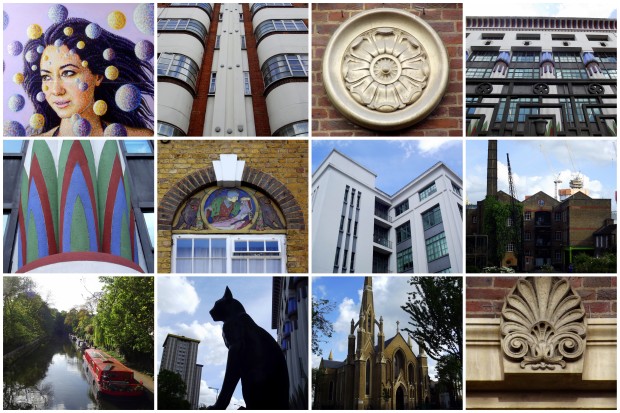
Today I did a dummy walk of my ghost signs tour. I’m running it to celebrate the release of my book: Fading Ads of London and the constant architectural flux in London means I had to check all the signs were still in place. I’m pleased to report that they are. Whilst doing my check I photographed some of the other architectural highlights that walkers will see on the tour. Street art, art deco architecture. canals and old warehouses will all feature. Places are limited but there are still a couple of spots left if you’d like to join us and enjoy some of the fading adverts about London.
]]>
This afternoon I had the pleasure of taking Yanick Pucci’s Art Deco walking tour through Bloomsbury. The collage above illustrates just a few of the beautiful Art Deco details on display in the Bloomsbury area and the friendly nature of the tour affords walkers the opportunity to ask plenty of questions. Yannick deserves special credit for putting up with my Easter-egg-fueled banter (which was mostly at his at expense) for the duration but also for exploring a less-obvious aspect of Bloomsbury’s heritage.
Though the tour is indisputably well-researched, carefully planned and informative, its most pleasing aspect is that the buildings on this tour are not the most-recognised examples of London Art Deco. Instead, Yannick has chosen to include buildings that would otherwise be overlooked and forgotten; they are just as interesting as well-known Art Deco beauties like the Hoover Building but due to the heady speed at which people bustle by in the Bloomsbury area, without Yannick’s tour these buildings would be nothing more than bystanders ignored by commuters and tourists alike.
If you’ve a vague interest in architecture I recommend booking onto one of Yannick’s future Art Deco tours.
]]>
I’d like to pretend that this is original 1930s detailing but actually the original Egyptian features of the Carreras Cigarette Factory in Camden were lost in the 1960s when the building was converted into offices. The details were restored in the 1990s complete with replica cats. Still, it’s a pretty good knock off job. This building is extremely difficult to photograph due to its unfortunate angle and its proximity to a large busy road. Hopefully these shots give a sense of the general idea.
]]>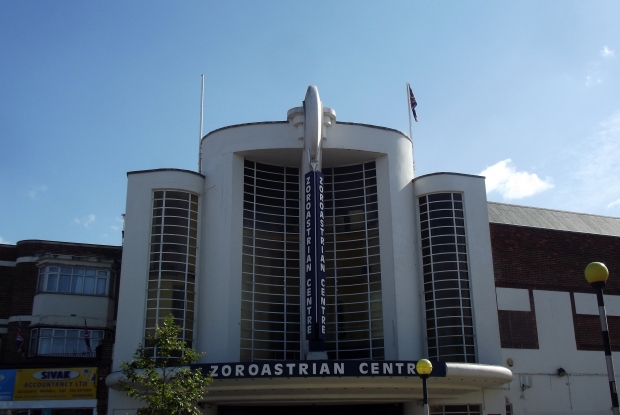
Former Grosvenor Cinema, Rayners Lane
Yesterday was the first day of Open House weekend – a weekend every year where the most beautiful private buildings are opened to the public for free – so naturally I was out and about with my camera. The first place I visited was the Former Grosvenor Cinema in Rayners Lane (now the Zoroastrian Centre). It has a pretty sad history; the building has been badly abused over the years, but it still has a lot of its original Art Deco character. Below are a few shots of both the interior and the facade.
]]>
Queens Cinema, Westbourne Park London.
Today I walked a part of London I rarely do – Westbourne Park – and stumbled across this old Art Deco cinema. I had brought my camera for just such an occasion. Five years ago it was a TGI Friday and before that an ABC Cinema (the cinema closed in 1988 and the last film it showed was Coming to America). The ABC cinema put an enormous blue grill on the front and although this was a less than attractive look it means this beautiful facade is better preserved.
More information on this building can be found at Cinema Treasures.
- Pleated Art Deco Column.
- Art Deco lettering close up.
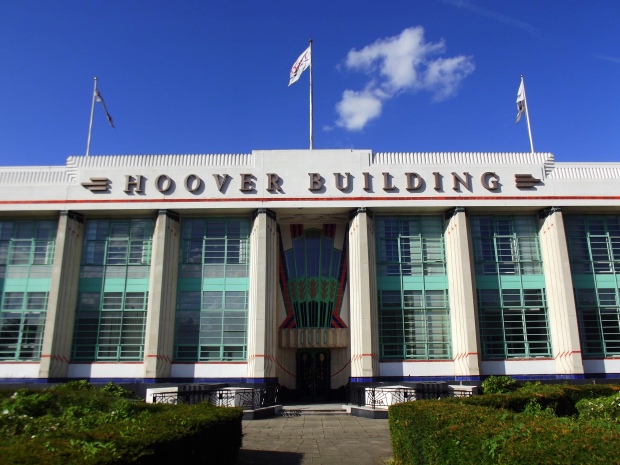
Being a complete Art Deco junkie I hauled my cookies, and my camera, out to the middle of nowhere in order to photograph The Hoover Building. It’s in an area in West London called Perivale, but basically it stands on the periphery of a motorway, not that picture-esque. The beauty of the building itself does, however, make up for its grey surroundings .
Built between 1934 and 1938 and designed by Wallis, Gilbert and Partners, the building was originally used to manufacture vacuum cleaners (as well as electrical equipment for tanks during WW2) but is now owned by Tesco. I’ve done my best to capture the lines and details of the building, but really it is something that should been seen ‘in the flesh.’
]]>
Yesterday when I was out in East London for the day I took the time to photograph one of the area’s forgotten treasures: The Carlton Cinema, Essex Road. The cinema has long since fallen into disuse which, given how beautiful it is, is something of a travesty. As planning permission wars continue and the building gradually degrades further I thought I’d better take some photos whilst the old girl is still standing. I’m not a professional photographer by any stretch but hopefully these give an idea of how intricate the design is.
Last year I asked illustrator Alfie Gallagher to create an image reflecting what The Carlton would have looked like on its opening in 1930 to accompany an article on the cinema’s history. It’s a sharp contrast to how the cinema looks now but once, this old picturehouse was given the love it deserves.
Limited copies of New Empress Magazine issue 2 are still available for anyone wanting to know more about The Carlton Cinema.
]]>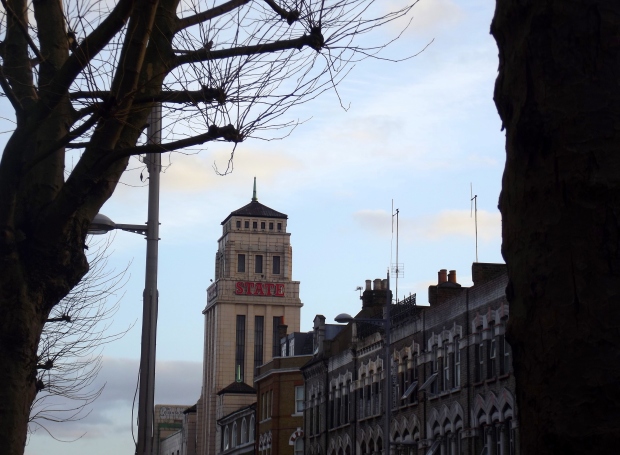
The Gaumont State Cinema on Kilburn High Road opened 75 years ago. Inspired by the Empire State Building in New York, the bold lines of its tower still dominate Kilburn High Road today. It didn’t survive as a cinema, sadly, but its flaking Art Deco style is still worth a look. I photographed the exterior today and about a year ago I was lucky enough to get a tour of the interior. As you can see from the photos below the interior is just as lavish as its exterior suggests and it boasts a Wurlitzer Organ. ]]>
